For colder climates, frozen pipes are a common occurrence other than a snowblower like craftsman snowblower etc. This plumbing issue can be a disaster for homeowners, especially during the peak of winter season when everybody wants to have good running water for cooking and hot water for bathing.
Frost or ice on an exposed pipe is a clear manifestation that the pipe is frozen. If you open the faucet and only a small amount or no water comes out, then the water pressure might be low in the pipe or it’s frozen. Frozen pipes can even burst if neglected, which requires the help of a professional plumber, such as Doherty Plumbing Co., Inc.
What can you do to fix frozen pipes before calling a qualified plumber? Learn some expert plumbing troubleshooting tips below.
Determine the Frozen Pipe’s Location
Plumbing pipes become frozen during the winter season. Some pipes are exposed while some are enclosed (behind the drywall). Locate the frozen pipe first and determine if it’s an exposed or enclosed pipe. It’s pretty simple to know where the problem is by opening the faucet that’s close to the pipe. Water unlikely comes out in frozen pipes.
Start Thawing Near the Faucet
Before thawing a frozen pipe, remember that there are risks involved. Using any heat source can run the risk of a fire accident. Follow the device’s safety instructions to avoid an accident. Don’t leave the heating product unattended.
When thawing, start applying heat near the faucet, working your way down to the ice blockage. It’ll help ensure that the ice and steam escape through the faucet. The melting ice can get stuck behind the ice blockage, which will create more pipe pressure and increase the likelihood of bursting the pipe.
Thaw Frost in Exposed Pipes
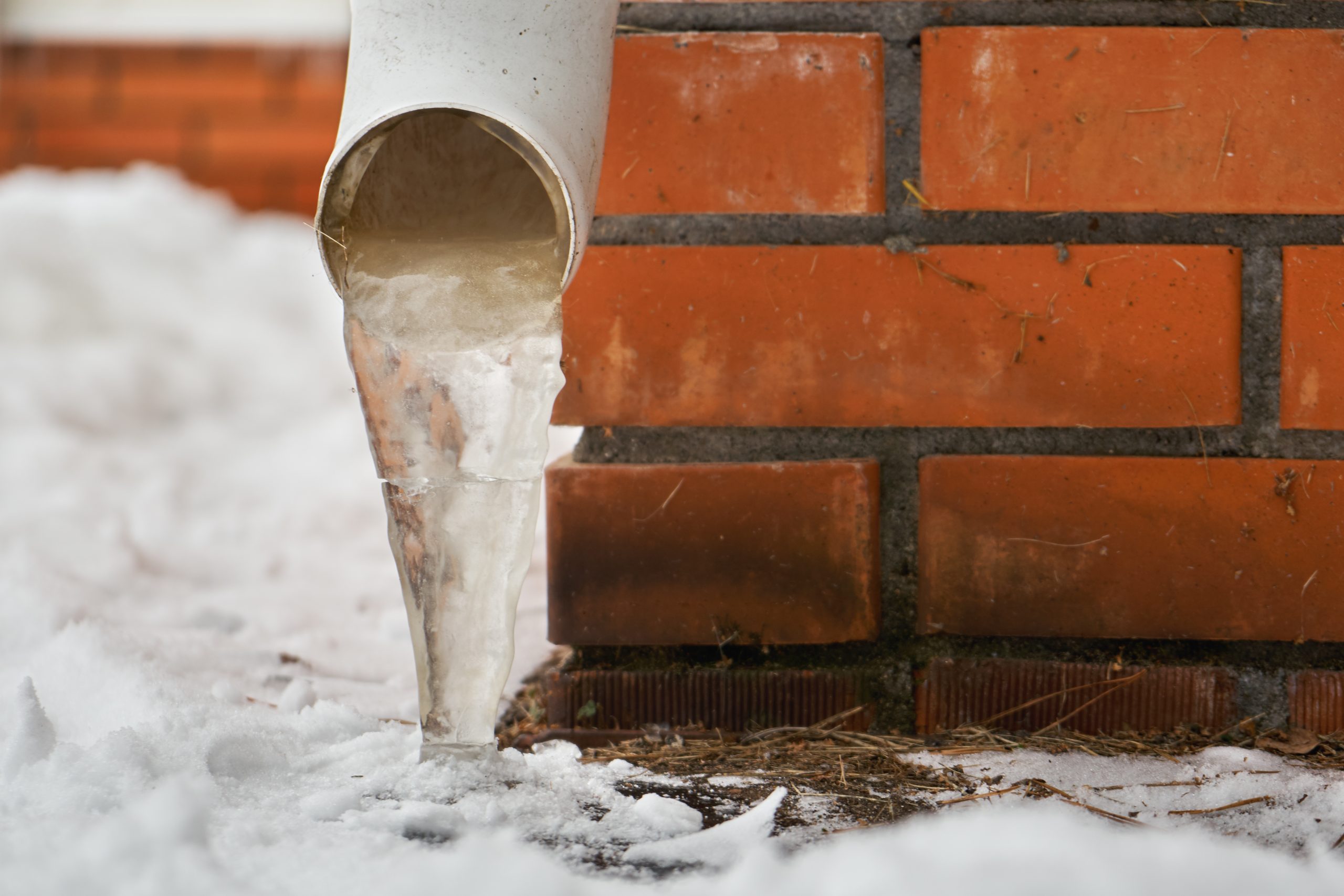
Drain pipe with frozen stream of water near brick wall of a cottage outdoors in winter
Thawing the frozen exposed pipe correctly is vital to avoid a burst pipe that may cause a damaging flood. You can melt ice in exposed pipes through the following DIY methods:
- Hair Dryer: A hairdryer is an indispensable tool you can use to thaw frost in exposed pipes. Turn the dryer on to heat the pipe, starting with the pipe area closest to the faucet. Be extra cautious and avoid the hairdryer coming in contact with water while operating it.
- Heat Lamp: Position the heat lamp so the indirect heat can reach the frozen exposed pipe. You can use a portable heater to apply indirect heat to thaw the frozen pipe.
- Hot Towels: Dip towels in hot water and wrap them around the exposed pipe to slowly thaw the frost blockage.
- Electrical Heating Tape: You can apply electrical heating tape to the pipe to distribute heat throughout the frozen exposed pipe.
Thaw Frozen Enclosed Pipes
Plumbing can be located in hard-to-reach areas, such as enclosed pipes. How do you access these pipes if they freeze?
- Increase Indoor Heating Temperature: For thawing frozen enclosed pipes, you can increase your home’s indoor heat temperature to melt the ice blockage and resolve this plumbing issue.
- Infrared Lamp: You can place an infrared lamp if you know the location of the frozen enclosed pipe. The infrared lamp will thaw the ice blockage, penetrating heat into the wall to defrost the pipe.
- Cut Out A Drywall Section: Cutting a drywall’s section in front of the frozen enclosed pipe is another option. In this way, you can access the pipe and use one of the methods above to thaw a frozen enclosed pipe.
Shut Off the Water Line
In the event that the pipe bursts, you should immediately turn off your home’s main water line. Otherwise, your property is at risk of flooding, causing water damage. Look for the main shut-off valve near your water meter and turn it off to stop water from flowing.
When to Call A Plumber
You might have trouble thawing the pipe or locating the frozen pipe. Some people feel uncomfortable thawing frozen pipes themselves. In times like these, calling a professional plumber is the best thing to do for immediate resolution.
Check the following tips when choosing a plumber:
- Hire a trusted plumber from a legitimate plumbing company.
- Check the credentials of the plumber.
- Read the plumbing company’s reviews online and customer testimonials.
- Make sure that your prospective plumbing company has a physical address.
- Hire a plumbing company with 24/7 emergency plumbing services.
Conclusion
Thawing plumbing pipes can be done using different methods. You can use a hairdryer, heat lamp, portable heater, hot towels, and electrical heating tape to thaw frozen exposed pipes. For thawing frozen enclosed pipes, you can increase the room temperature, use an infrared lamp, or cut out a drywall section to access the pipe. If you’re too busy or unsure what to do with your frozen pipes, contact a professional plumber to address this plumbing problem.

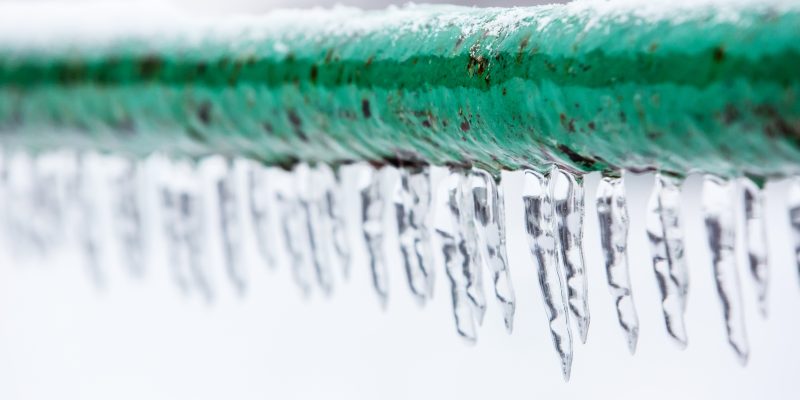

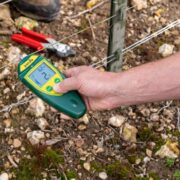



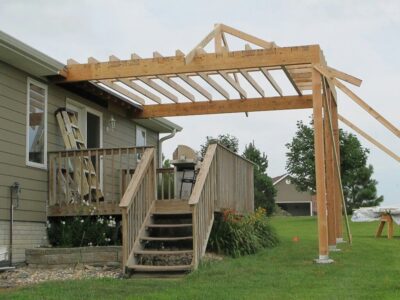
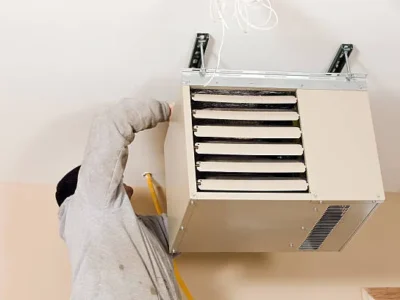
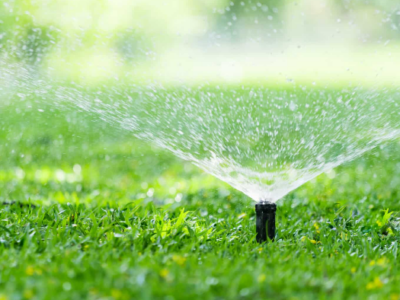




[…] the enclosures to let in warm temperatures. If you’re already experiencing this issue, try to fix the frozen pipes temporarily while waiting for a […]